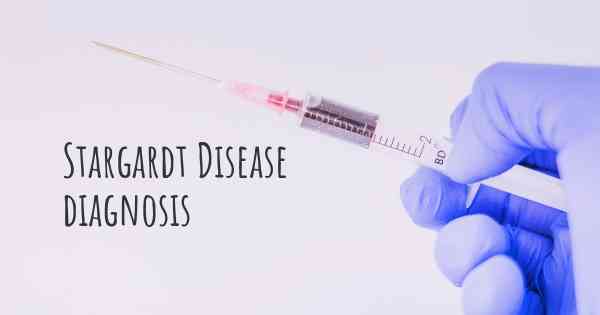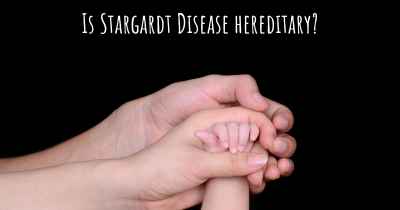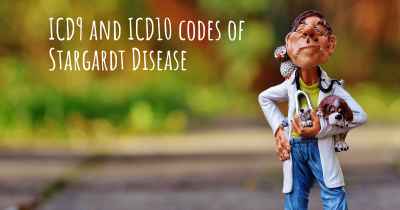How is Stargardt Disease diagnosed?
See how Stargardt Disease is diagnosed. Which specialists are essential to meet, what tests are needed and other useful information for the diagnosis of Stargardt Disease

How is Stargardt Disease Diagnosed?
Stargardt Disease, also known as Stargardt macular dystrophy or juvenile macular degeneration, is a genetic eye disorder that affects the macula, the central part of the retina responsible for sharp, central vision. It typically manifests in childhood or adolescence and can lead to progressive vision loss over time. Early diagnosis is crucial for managing the disease and preserving vision. Here is an overview of the diagnostic process for Stargardt Disease.
Medical History and Symptoms
The first step in diagnosing Stargardt Disease involves a comprehensive medical history review and a discussion of the patient's symptoms. The ophthalmologist will inquire about any vision problems, such as blurry or distorted central vision, difficulty reading, or sensitivity to light. They will also ask about any family history of eye diseases, as Stargardt Disease is inherited in an autosomal recessive manner.
Visual Acuity Test
The visual acuity test is a standard eye examination that measures how well a person can see at various distances. During this test, the patient reads letters or numbers from a chart placed at a specific distance. The results are recorded as a fraction, with the numerator representing the distance at which the chart was placed and the denominator indicating the smallest line of text the patient can read. In Stargardt Disease, visual acuity is often reduced, especially in the central vision.
Color Vision Test
Stargardt Disease can also affect color vision. To assess color vision, the ophthalmologist may use specialized tests, such as the Ishihara color plates. These plates consist of patterns of colored dots, and individuals with normal color vision can discern numbers or shapes within the patterns. However, those with Stargardt Disease may have difficulty identifying the numbers or shapes, indicating color vision impairment.
Fluorescein Angiography
Fluorescein angiography is a diagnostic procedure that involves injecting a fluorescent dye into a vein in the arm. The dye travels to the blood vessels in the retina, and a series of photographs are taken to visualize the blood flow and identify any abnormalities. In Stargardt Disease, fluorescein angiography may reveal characteristic findings such as the presence of yellowish flecks or areas of blocked fluorescence in the macula.
Electroretinography (ERG)
Electroretinography (ERG) is a test that measures the electrical responses of the retina to light stimulation. During the procedure, the patient's eyes are dilated, and electrodes are placed on the cornea and skin around the eyes. The patient is then exposed to flashes of light, and the electrical signals generated by the retina are recorded. In Stargardt Disease, ERG can show reduced or abnormal responses, indicating dysfunction of the retinal cells.
Optical Coherence Tomography (OCT)
Optical coherence tomography (OCT) is a non-invasive imaging technique that provides high-resolution cross-sectional images of the retina. It allows the ophthalmologist to assess the thickness and integrity of the different retinal layers. In Stargardt Disease, OCT can reveal thinning of the macula and the presence of deposits or abnormalities in the retinal layers.
Genetic Testing
Genetic testing plays a crucial role in confirming the diagnosis of Stargardt Disease. It involves analyzing the patient's DNA to identify mutations in the ABCA4 gene, which is responsible for the production of a protein involved in the visual cycle. Genetic testing can be performed using a blood sample or a saliva sample. Identifying the specific genetic mutation can help determine the prognosis, assess the risk of disease progression, and provide valuable information for genetic counseling.
Conclusion
Diagnosing Stargardt Disease involves a combination of medical history review, symptom assessment, and various diagnostic tests. The visual acuity test, color vision test, fluorescein angiography, electroretinography, optical coherence tomography, and genetic testing are all important tools in the diagnostic process. Early detection and diagnosis of Stargardt Disease are crucial for implementing appropriate management strategies and providing support to individuals and families affected by this genetic eye disorder.
Posted Sep 4, 2017 by Harry Batten 2021
Posted Apr 4, 2018 by Etem 2500








